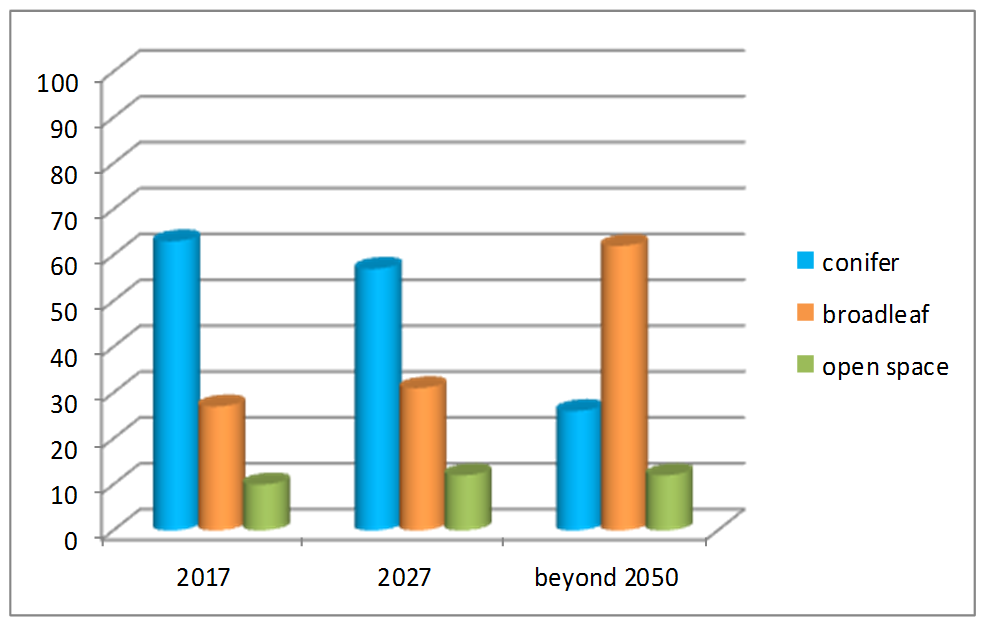Eastridge and Shelve Forest Plan
About
The 482ha forest plan area is located in the northern reaches of the Shropshire Hills AONB, close to the Welsh border. It is made up of the mixed coniferous and broadleaved woodlands of Black Marsh, Shelve and Buxton in the west, Lodge Hill in the east, and Eastridge, Westcott (Huglith) and Gittinshay (Brooks Coppice) in the centre.
Three-quarters of the land is freehold. Just over 100ha within Gittinshay, Black Marsh and Westcott are leasehold.
Within the plan area are 175ha of conifers occurring on ancient woodland sites, the bulk of which lie within Eastridge, Westcott and Gittinshay, with a small amount in Lodge Hill. By 2027, the area will see reversion of around 40ha of this PAWS (plantation on ancient woodland site) back to native broadleaf species, through a mixture of clearfelling and thinning.
The plan area is rich in cultural heritage and contains gems such as the former lead and barite mines at Shelve (Roman Gravels) and Westcott (Huglith) that now provide valuable habitats for a variety of wildlife.
Objectives
The forest plan aims to protect and enhance existing habitats through management that is in context with the wider landscape and character, whilst providing a sustainable flow of wood products.
The social, economic and environmental objectives of management here are:
- to deliver well-designed forests in keeping with the local landscape character;
- to protect, enhance and restore areas of ancient woodland in line with the 2005 ‘Keepers of Time’ policy;
- to protect and enhance woodland and open habitats and their associated species;
- the protection and enhancement of veteran trees / trees of special interest (TSI) and the recruitment of future generations of veteran trees / TSI;
- the continued production of sustainable and marketable woodland products;
- to conserve, maintain and enhance cultural and heritage assets;
- the management and restoration of statutorily designated areas such as Sites of Special Scientific Interest / Special Area of Conservation / Scheduled Ancient Monuments and Key Wildlife Areas.
What we’ll do
The current plan outlines management proposals including felling and restocking over several decades, with felling licence approval for operations up until 2028.
Crops will be managed for the objectives described above through the use of clearfelling and restocking, supported with natural regeneration of native species. Some areas will be managed using continuous cover forestry prescriptions in order to create a diverse and resilient forest structure for the future.
Due to the threat of disease, the plan will start the process of reducing the quantity of larch through carefully landscaped clearfells, that will be restocked with a mixture of conifer and broadleaf species.
The plan will also provide open space habitats, especially in Black Marsh, Shelve and Eastridge. Implementation and maintenance of environmental corridors will continue to increase the diversity of habitat and the quality of internal landscaping.
In addition to these defined operations, ongoing thinning and selective felling of both conifers and broadleaves will be carried out in the plan area at five to ten year intervals.
The proportions of conifer and broadleaved woodland and open space at the beginning of the plan period are shown in the bar chart. The increase in native broadleaves and open space expected within the plan period and over time is indicated in the middle and right hand columns of the chart.


